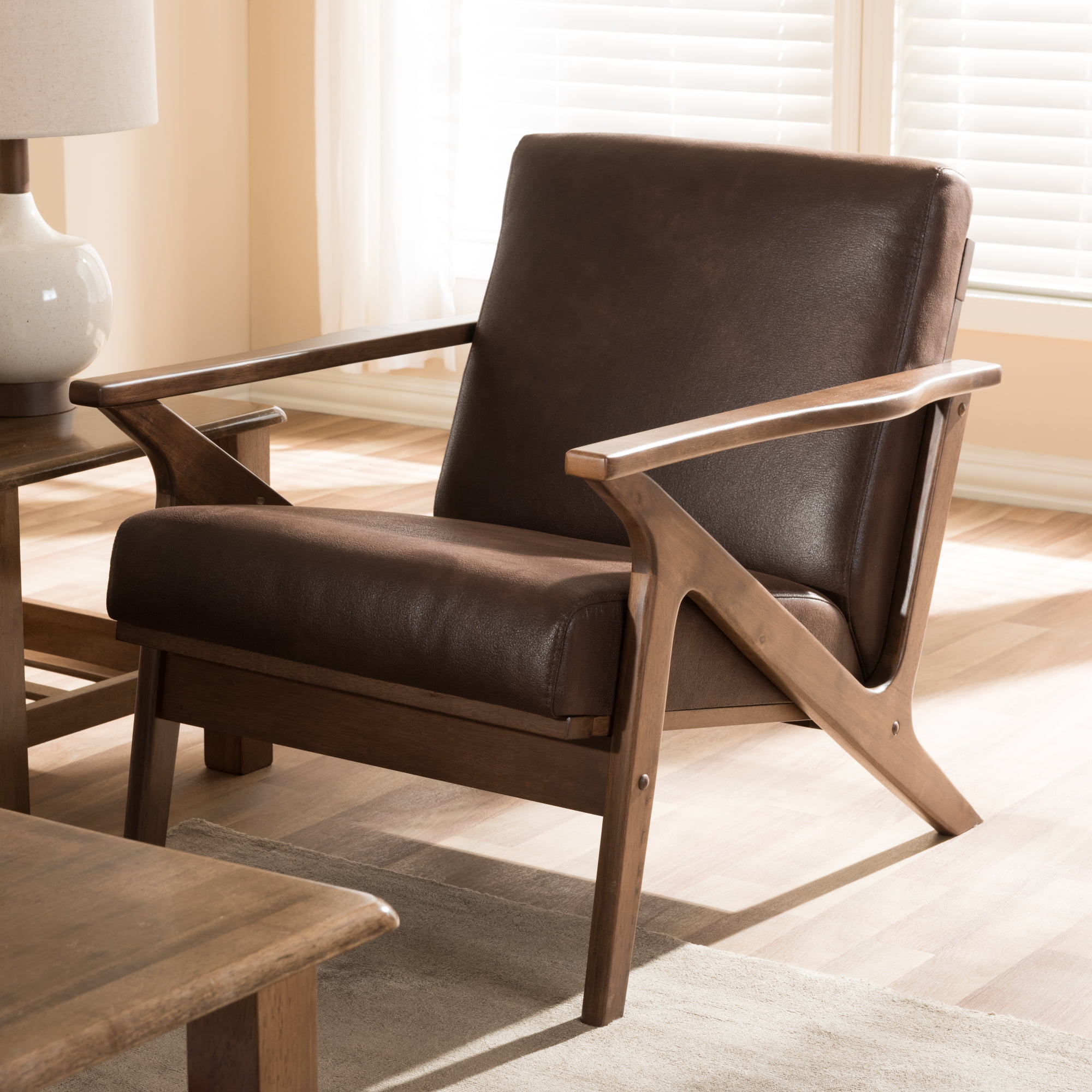Finding & Restoring a Mid-Century Lounge Chair: Best Mid Century Lounge Chair

The thrill of discovering a genuine mid-century modern lounge chair is unmatched. These iconic pieces of furniture represent a golden age of design, blending form and function with unparalleled elegance. However, finding an authentic chair and restoring it to its former glory requires knowledge, patience, and a touch of detective work. This guide will equip you with the tools to navigate this exciting journey.
Authenticity Verification of Mid-Century Lounge Chairs, Best mid century lounge chair
Identifying an authentic mid-century modern lounge chair from a plethora of reproductions can be challenging. Careful examination of several key features is crucial for accurate assessment. Look for hallmarks of quality craftsmanship and design elements specific to the era. Reproductions often lack the subtle details and construction techniques of their originals.
Common Restoration Challenges and Solutions for Mid-Century Lounge Chairs
Restoring a vintage mid-century lounge chair often presents a variety of challenges. These chairs, having endured decades of use, may suffer from wear and tear in various components. Addressing these issues requires a combination of careful assessment, appropriate materials, and skilled repair techniques.
- Damaged Upholstery: Tears, stains, and fading are common. Re-upholstering with period-appropriate fabrics is often the best solution. Consider using original or historically accurate materials for authenticity.
- Loose Joints: Over time, wood joints can loosen. Reinforcing them with wood glue and clamps, or even adding dowels for extra strength, is usually effective. For more significant damage, professional intervention might be necessary.
- Cracked or Damaged Wood: Minor cracks can often be repaired with wood filler and careful sanding. For more extensive damage, professional wood repair might be required. Matching the wood stain to the original color is critical.
- Worn or Damaged Legs: Legs can become wobbly or damaged. Replacing damaged legs or reinforcing existing ones with appropriate joinery techniques will restore stability. Ensure the replacement legs are consistent with the original design.
- Deteriorated Foam: The foam cushioning can compress or crumble over time. Replacing the foam with high-density foam that mimics the original density and resilience is crucial for comfort and structural integrity. This will restore the chair’s original feel and support.
Cleaning and Maintenance Guide for Mid-Century Lounge Chairs
Proper cleaning and maintenance are essential to preserve the beauty and longevity of your mid-century modern lounge chair. A regular cleaning schedule, tailored to the chair’s materials, will help prevent damage and maintain its value. Remember, always test any cleaning solution on an inconspicuous area first.
- Dust Regularly: Use a soft brush or a microfiber cloth to gently remove dust and debris from all surfaces. Pay close attention to crevices and seams.
- Spot Clean Immediately: Address spills and stains promptly to prevent them from setting. Blot (don’t rub!) spills with a clean, absorbent cloth.
- Deep Clean Periodically: Depending on the upholstery material, a professional cleaning might be necessary every few years. For leather, consider using a leather cleaner specifically designed for that material.
- Protect from Sunlight: Direct sunlight can fade upholstery and damage wood finishes. Use curtains or blinds to filter sunlight. Avoid placing the chair in direct sunlight for prolonged periods.
- Avoid Harsh Chemicals: Never use harsh chemicals or abrasive cleaners, as these can damage the materials. Always refer to the manufacturer’s instructions or consult a professional for specific cleaning advice.
Comparison of Cleaning Methods for Different Materials
| Cleaning Method | Leather | Fabric | Wood |
|---|---|---|---|
| Vacuuming | Suitable for removing loose dust and debris | Highly suitable; use upholstery attachment | Suitable for removing dust; use a soft brush attachment |
| Damp Cloth | Use sparingly, only for spot cleaning; avoid excessive moisture | Suitable for spot cleaning; use mild detergent if needed | Use a slightly damp cloth for spot cleaning; immediately dry |
| Professional Cleaning | Recommended periodically for deep cleaning and conditioning | Recommended periodically, especially for heavily soiled upholstery | Consult a professional for significant wood damage or discoloration |
| Leather Conditioner | Highly recommended to maintain suppleness and prevent cracking | Not applicable | Not applicable |
| Wood Polish | Not applicable | Not applicable | Use sparingly; avoid excessive application |
